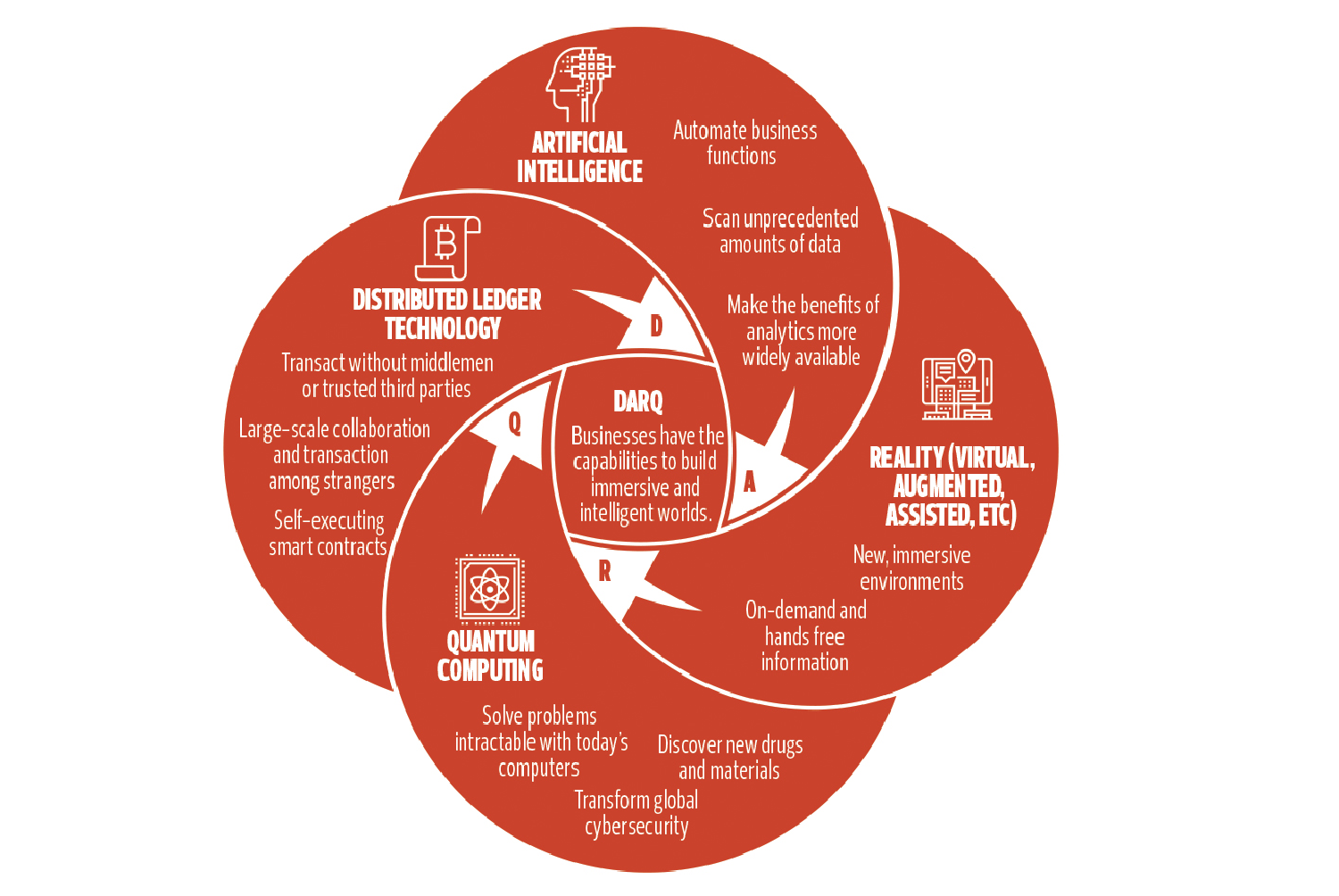
This article first appeared in The Edge Malaysia Weekly on August 26, 2019 - September 1, 2019
In the face of rapid global change, the way we live and work is becoming increasingly affected by forces that are out of our control.
These changes are happening faster than many of us can adapt to, as seen in the disruption of diverse industries. Those who are unable to unlearn old programming and adopt new ways of doing things are simply left behind.
As the pace of change accelerates, it is the younger generation who will be the most affected. Expectations are high for today’s leaders to prepare the people for the uncertainties ahead.
Adam Aziz surveys the state of affairs among the youth workforce — how the working environment is changing, what workers can do to adapt, and how organisations can help their employees to thrive in the challenging new era.
Technology is shaping tomorrow’s business environment
According to the Ministry of Finance’s Economic Outlook 2019 report, the unemployment rate among Malaysians aged 15 to 24 is estimated to hit 13.2% this year.
That marks the third consecutive year of increase since 2016 and is a 2.3% jump from 10.9% last year. Among those aged 20 to 24, the ratio is estimated to be at 11.9%, compared with the overall national unemployment rate of slightly over 3%.
The report underlined that the biggest factors include skills mismatch and lack of job experience, as well as lack of desirable high-skilled vacancies in the job market.
According to industry watchers, one factor at play is the change in technological trends that will continue to transform business models, and consequently, existing work arrangements.
“At the current appetite and speed of technology adoption, many businesses may become irrelevant in an instant, exploring and adopting are no longer optional,” Accenture Malaysia managing director Azwan Baharuddin tells The Edge.
Accenture, in its report Technology Vision 2019, underlined four emerging technological trends for the next three years: distributed ledger, artificial intelligence (AI), extended reality (XR), such as virtual reality simulation, and quantum computing or DARQ in short.
DARQ technologies and some of the capabilities they enable
In a nutshell, distributed ledgers eliminate the need for third parties; AI influences strategic decision-making; XR creates entirely new ways for people to experience their surroundings while quantum computing provides a jump in problem-solving speed.
The report also highlighted the emergence of post-digital consumers who are enjoying the results of technology saturation and can choose which technology they will or will not adopt to get the experiences they want.
Thus, companies must pay close attention, not only to the choices themselves but also to the powerful new insights those choices can provide about their customers and new market opportunities.
Further, the four trends are becoming the norm faster than we think, says Azwan, referencing lessons learnt from the past.
Adoption of new technology quicker than expected
“During the digital revolution, social, mobile, analytics and cloud (SMAC) combined to enable one such step-change … many ignored SMAC for too long and later struggled to keep up with the digital-first businesses,” he points out.
“To avoid this mistake with DARQ, companies must begin exploring new capabilities as they arise, experimenting with combinatorial effects and using their digital foundations to launch meaningful and effective pilots.”
According to Azwan, globally, 89% of businesses are already experimenting with one or more DARQ technologies, expecting them to be key differentiators.
In 2017, global investments in virtual reality (VR) and augmented reality (AR) — both XR components — rose 12% year on year to US$3 billion.
“Distributed ledger investments are exploding with blockchain and cryptocurrency-focused start-ups alone collecting almost US$3.9 billion in investments in the first three quarters of last year — nearly three times the total for the whole of 2017,” Azwan adds.
Among those that adopted these technologies are brewer Anheuser-Busch InBev and logistics firms American President Lines (APL) and Kuehne + Nagel, which developed a blockchain solution to save hundreds of millions of dollars in logistics costs.
“This approach reduces the need for data entry related to transport documentation by up to 80% while streamlining required cargo checks and customs compliance,” says Azwan.
Even the once far-fetched quantum computing technology is making headway. Volkswagen, for one, is utilising the technology to simulate the chemical structure of batteries in the hope of accelerating battery development for electric vehicles.
The automotive firm is also adopting AI in future models, exploring distributed ledgers for automated payments at gas stations and exploring AR to be utilised in future repair works.
All of this is a wake-up call for Malaysian employees. They recently concurred, through the Malaysian Employers Federation, that the nation is ill-prepared for the Fourth Industrial Revolution (IR 4.0), which has been a buzzword since 2015 and is now fast becoming the norm on the global front.
Save by subscribing to us for your print and/or digital copy.
P/S: The Edge is also available on Apple's AppStore and Androids' Google Play.